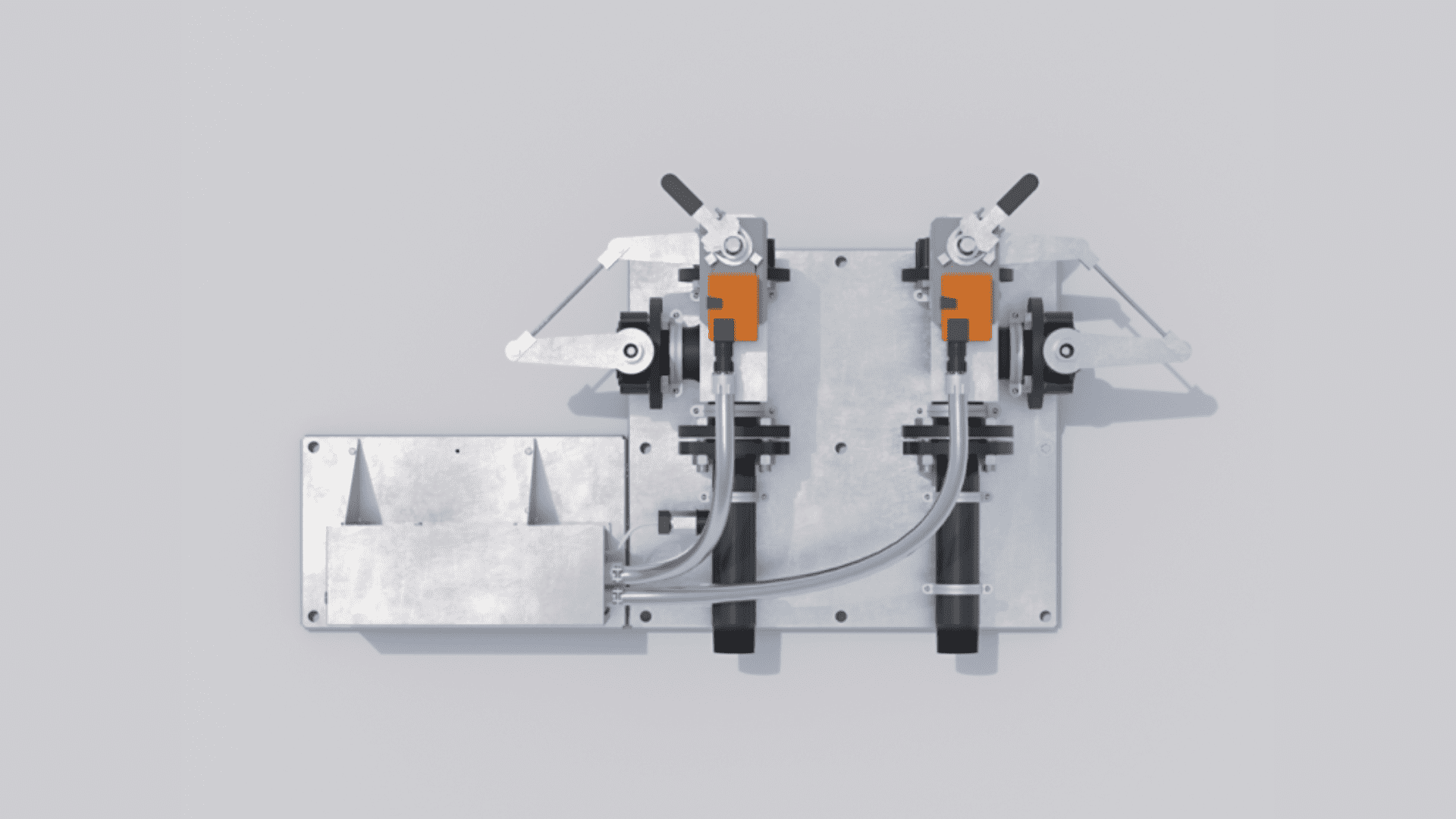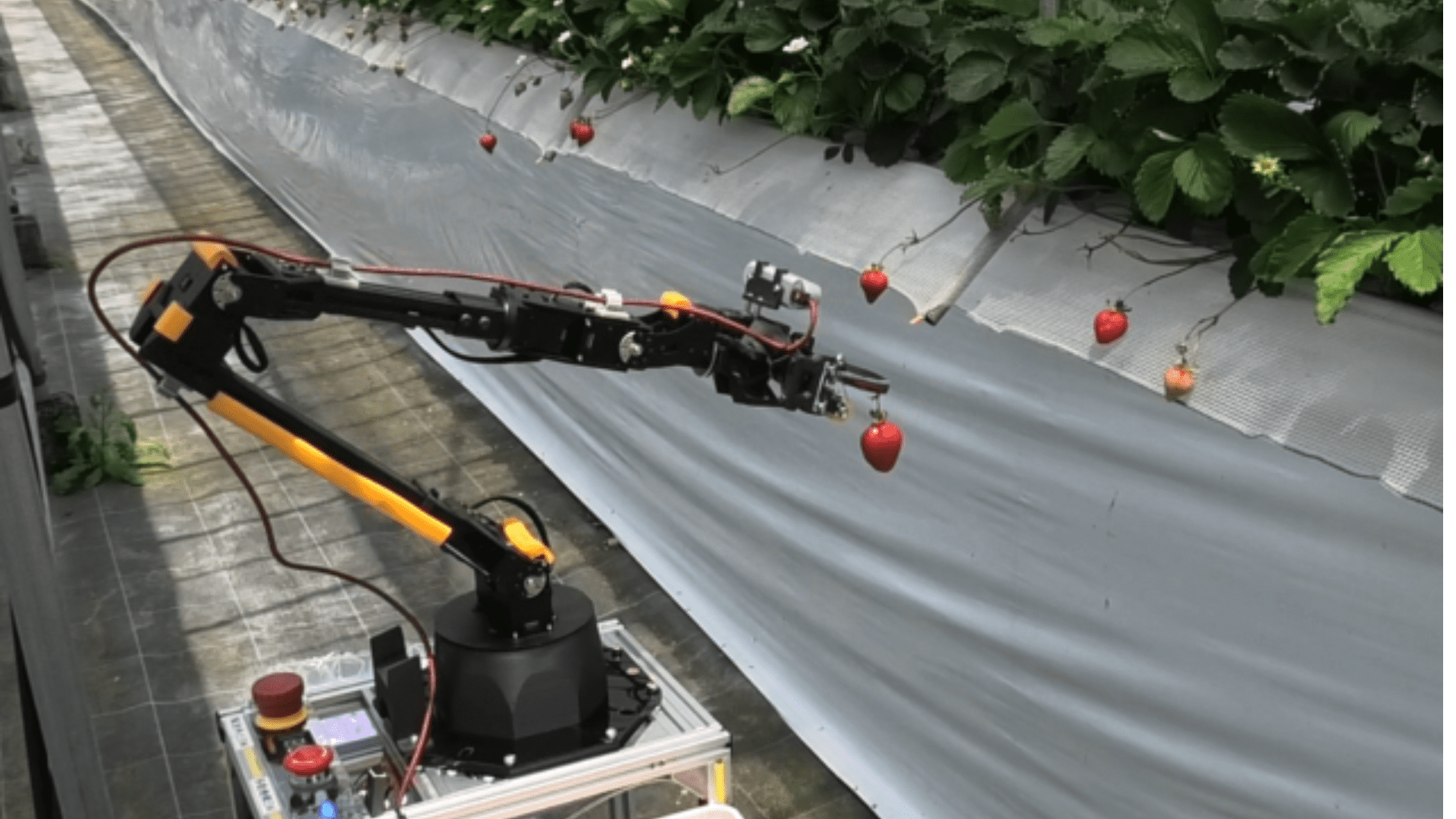Trane Technologies specializes in sustainable and energy-efficient building, home, and transportation HVAC systems worldwide. The company announced its latest innovation, the Trane Hydronic Branch Conductor, which aims to enhance energy efficiency in new and existing buildings with decarbonized, electrified heating and cooling without being invasive. Trane Technologies claims that the patent-pending Hydronic Branch Conductor could improve heating efficiency by 35% in certain situations.
“To advance the decarbonization of buildings, we need innovations that simplify the retrofitting process to more efficient heat pump systems,” said Oakley Roberts, Vice President of Product Management, Commercial HVAC Americas, Trane Technologies. “The Hydronic Branch Conductor from Trane is an excellent example of such an innovation, effectively addressing this challenge in hydronic-based thermal systems.”
Building Efficiency and Sustainable Comfort

The new Branch Conductor repurposes existing water piping for heating and cooling distribution, even in buildings with existing two-pipe branch systems. The company says it achieves “sustainable comfort” while minimizing industrial costs and without making any major structural changes.
The company highlights some of the Branch Conductor’s capabilities when it’s paired with hydronic heating pump systems, such as changing the heating and cooling load zones multiple times a day without the need to switch from hot to cold water seasonally for the entire building. The technology allows the building to simultaneously use heating and cooling, which improves energy efficiency.
Additionally, Trane’s newest innovation converts existing buildings with hot water temperatures between 140 to 180 degrees Fahrenheit to a more energy-efficient water system with temperatures around 105 degrees Fahrenheit.







